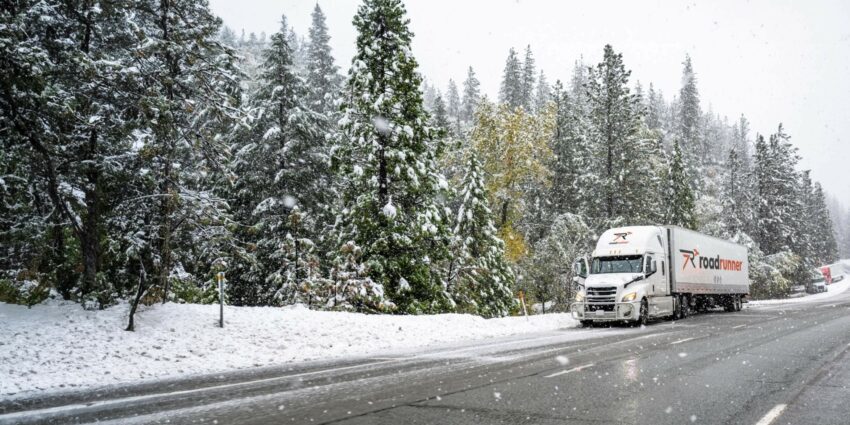
Navigating Winter Safely: Your Roadmap to Safe Driving in Nasty Weather
Post Date - Dec 11, 2023

As the calendar flips to winter and the temperature drops, our roadways undergo a transformation. Rain, sleet, and snow become familiar companions, and navigating them requires a different set of skills and a heightened sense of responsibility. 25% of large truck fatalities occur during adverse weather conditions. Driving in nasty winter weather demands careful planning and execution. Here's a roadmap to ensure safe winter driving as we enter this season.
1. Plan Ahead
Planning is your first line of defense against the wrath of winter weather. Before you hit the road, ensure you've done your due diligence. Check the weather forecast, road conditions, and any advisories. Consider alternative routes and familiarize yourself with detour options. Additionally, make sure your equipment is ready for poor weather conditions. Allow extra time for your journey, so you won't be rushed.
2. Fuel Up
One of the worst things that can happen during a winter drive is running out of gas in the middle of nowhere. Ensure your gas tank is at least half full before starting your trip. This precaution is vital in case you get stuck in traffic due to road closures or inclement weather and need to stay warm while you wait.
3. Slow Down
Speed is often an adversary when driving in nasty weather. Slow down and leave plenty of space between you and the vehicle in front. Reduced visibility, slippery roads, and longer stopping distances are all potential hazards. Remember, it's better to arrive a bit late than not at all.
4. Check for Road Closures
Before embarking on your journey, take the time to check for road closures. Road closures may occur due to accidents, heavy snowfall, or other unforeseen circumstances. Numerous online tools and apps can provide real-time information about road conditions and closures. If possible, consider postponing your trip or taking an alternate route to avoid closed roads.
5. Stop If You Feel Unsafe
Trust your instincts when driving in nasty weather. If you feel unsafe or uncomfortable, it's better to pull over and wait it out. Find a safe place to park, turn on your hazard lights, and stay in your vehicle. Use this time to regroup, check the latest updates on road conditions, and contact loved ones to let them know your situation.
Safe winter driving is not solely about your skill behind the wheel; it's also about your preparation and your willingness to adapt. By planning ahead, ensuring your vehicle is ready, slowing down, checking for road closures, and stopping when necessary, you can significantly reduce the risks associated with winter driving.
Remember, your safety and the safety of others on the road should be your top priority. When winter weather turns nasty, take the responsible and cautious approach. By following these guidelines, you'll help make our winter roads safer for everyone, ensuring that this season is more about the wonder of winter than the hazards of it.